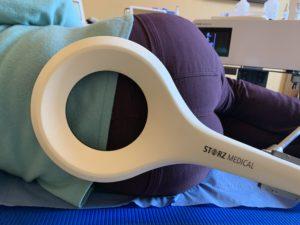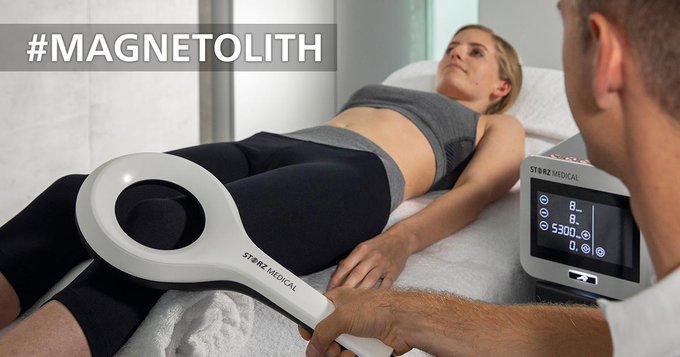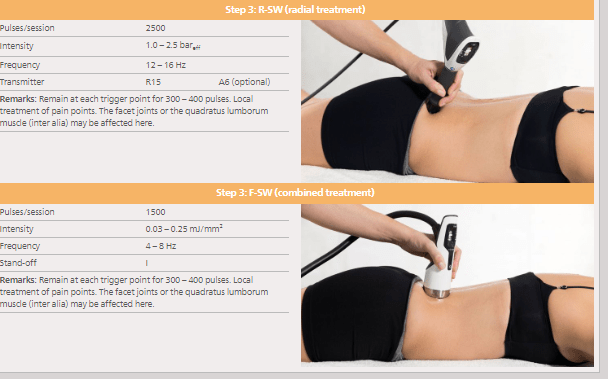[vc_row][vc_column width=”1/1″][imageeffect image=”210″ width=”320″ target=”_self”][vc_column_text]
Previous articles in this blog explain that bending forward with your arms unsupported when sitting in a chair, results in an increasing lumbar disc pressure over the years.
If you are recovering from a prolapsed disc or back operation, it is important to keep lumbar pressure as low as possible for the first few months or even up to a year depending on the type of prolapsed disc you have suffered from.
If you were doing Pilates before your injury, it’s a good idea not to resume these exercises until at least a year after a prolapse. This is because sitting on the big Pilates balls, forward bending or lifting weights in a forward bending position actually greatly increases stress on the repairing tissues.
Earlier posts in this blog look at the scientific evidence proving that bending over many years can cause disc pressure damage. Although many therapists use a Pilates approach to treatment, there is now evidence that this method should be used with great care on patients displaying any signs or symptoms of a disc lesion.
Dr Stuart McGill, a Canadian professor of Biomechanics, and an increasing number of research doctors have found that Pilates can increase lumbar disc pressure which can result in a big disc prolapse.
Pilates exercises shouldn’t cause pain. If you experience any pain doing them, stop immediately. This may indicate that Pilates is not suitable for you!
Here is an anti-gravity recliner recommended by one recovering patient and the link if you are interested in further information.
[/vc_column_text][/vc_column][/vc_row]



